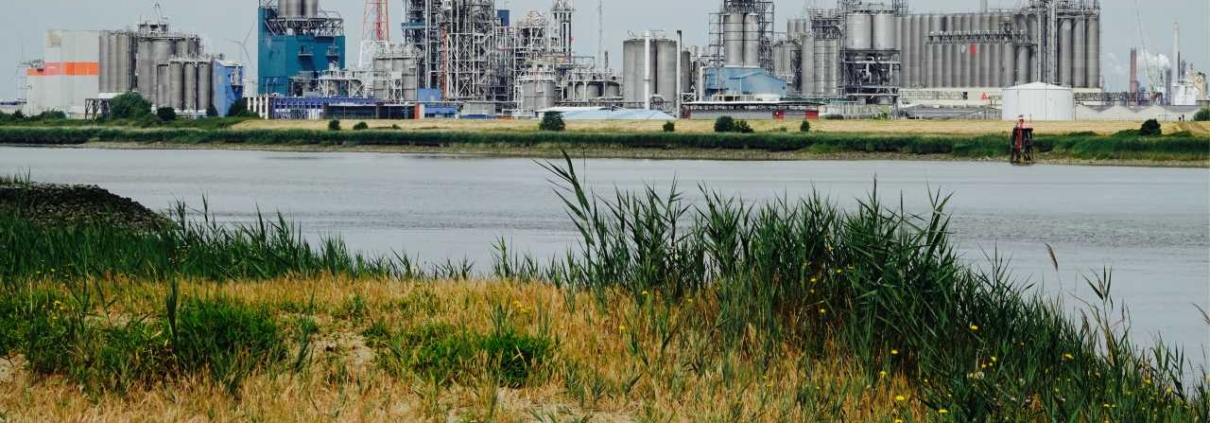Risk Management
The financial crisis has increased companies focus on risk management. The crisis crippled business, investors and consumers and an unprecedented intervention by government was required to prevent a major collapse of the world economy.
“Risk Management the identification, assessment, and prioritization of risks (defined in ISO 31000 as the effect of uncertainty on objectives, whether positive or negative) followed by coordinated and economical application of resources to minimize, monitor, and control the probability and/or impact of unfortunate events or to maximize the realization of opportunities.“
Enterprise Risk Management
The crisis not only pointed out the financial weaknesses of nations and companies, but also the weakness in reputations. During a volatile market, a company reputation can tip the balance. Research shows that since the crisis started, 31% precent of all companies rose their Risk Management awareness. Protecting the global brand and reputation as the main focus. Followed by the unpredictability of their markets.
Enterprise Risk Management also involves the evaluation of resources [humna-capital], products and services as well external impacts such as government legislations. As the crisis has a true global impact, sudden bankruptcy can still disrupt your business.
The insolvency of Edscha, supplier of sunroofs, forced BMW to make undisclosed payments to Edscha to support the supplier’s continuation, in order for BMW to meet a planned production launch. The increasing dependencies between supplier and customer, also due to preferred suppliership, sharply increases the risks for both parties. Both companies had insufficient risk processes in place to identify the vulnerability.
The global character disrupts many global supply chains, which are so complex and expansive, that traditional risk management is no longer sufficient. What is required is a close monitoring process of suppliers, functions, processes and financial flows throughout the supply chain. As companies do understand the need for a visible operational supply chain, too little understand the need for a transparent financial supply chain. Although quite some metrics which are already present in global supply chains, they miss out the underlying root causes that can disrupt the supply chain. Especially for supply chains which go up to more then 4 tiers.
Focus on price escalations or volatility. Many companies rely on commodities. Although not directly involved, their predecessors are. Such changes are translated with a bull whip effect towards your position.
Siloed organisations. It is not uncommon that supply chain function focus on discrete pockets of information. As one function monitors direct materials or services, purchasing professionals are equipped to describe the strategic supplier and risks involved. Such information rarely is cross functional shared.
The tallest nail. Many companies focus their attention and energy on the supplier that often fails the standard agreement. Product quality issues, not timely delivered. Those suppliers are often observed as the critical ones. Such presumption could cloud your risk assessment. The central question should be: What would happen if my supplier failed for the next couple of months, are there alternative sources, who owns the product tooling, how lengthly are are product qualification cycles, do geographic impact the business? The risk and the strategic importance determines the whether a supplier can be resourced. Hence can be considered a major risk for the business continuation.
Once you identified your high priority suppliers, you should evaluate their financial viability. This can be a daunting task as many companies do provide general financial information, but lack to provide specific information regarding their solvability. As specially privately owned companies rarely give full disclosure, as there are often no legal requirements.
Altman Z-Score.
If financial information is available and you do not want to rely on subjective quotes and reports from analysts, one can adapt the Altman Z- Score. This score which was introduced in 1968 by the New York University, adapts 5 financial ratio’s on a scale from 0-5. The lower the score, the higher the risk on financial distress. It evaluates Working Capital to total Assets, retained earnings to total assets, earning before interest-tax to total assets, market value of equity to the book value of total liabilitities.
Although the score is a general predictor, it can certainly help Supply Chain managers to quantify and rank suppliers with more rigor then they have done before.
Interventions
Identifyng the risk as your supplier is one thing. Intervention is another. Often bailout stipulations are present in supplier contracts, but such action can often be the final drop for your supplier .
Chrysler, prior to it’s own bankruptcy, sought 50% reduction at it’s suppliers, including Aradco Management, a tier 1 one supplier of stamping. With more then 90% of it’s business dedicated to Chrysler, Aradco could not withstand the additional loss of income. Failing to reach an agreement and even a court ruling that granted Chrysler legal rights for Aradco parts, a union blockade at the Aradco plant, turned away Chrysler efforts.
Typically a distressed supplier has ran out of cash. Further actions that would drain their cashflow will result in immediate bankruptcy. So efforts should focus on reduction of direct cash out. Such as removal of contract based employees, cut hard on travel expenses,reduce communication cost, eliminate and not replacing non-recurring costs, including ongoing litigation expenses. Such drastic cutbacks give at short notice relief in the suppliers cash flow. Furthermore the supplier should bring down their staffing to the new business outlook and seek the low base line on Fte.
It is during a global crisis advisable to work together with your distressed suppliers and their creditors to improve at short notice their cashflow position. Further cost reduction should focus on profit restoring and align the supplier business with a new outlook.








